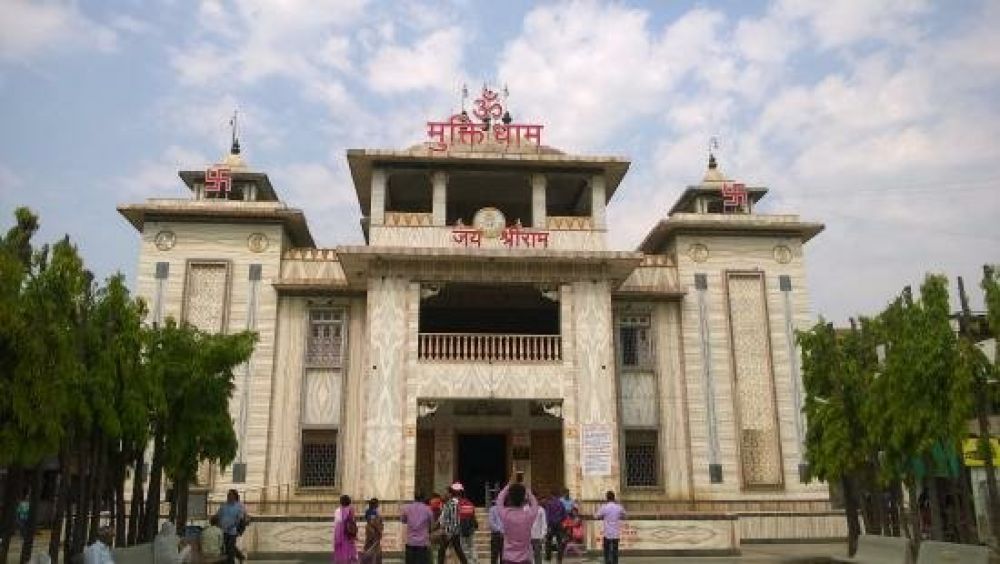

The history of tourism in Nashik and its environs can be traced back to the times of the epic, the Ramayana, when Nashik is believed to have been part of the forest where Lord Rama, along with his wife Sita and brother Lakshmana, spent a significant portion of their exile. However, the construction of Muktidham Temple is a relatively modern event, conceived and fulfilled in the 20th century, enhancing the spiritual and cultural canvas of Nashik.
Muktidham Temple is a modern-day pilgrimage site that was built by the eminent industrialist Late Sri JayramBhai Bytco in 1971. The temple complex is renowned for its intricate architecture and the use of Rajasthani white marble, which gives it an ethereal appeal and is a major contributor to Nashik's contemporary tourism scenario.
Tourism at Muktidham Temple has grown substantially since its inception. Pilgrims and tourists flock to the temple to gaze upon the replicas of the twelve Jyotirlingas, which have been installed within the temple premises, making it a unique religious site. The complex also houses deities of various Hindu gods and goddesses, providing a comprehensive spiritual experience in one location.
For tourists interested in architecture and art, the temple walls are adorned with paintings from the Mahabharata and are a testament to the intricate artistry and cultural richness of Hindu mythology. As a consequence, the temple not only appeals to the devout but also to culturally and aesthetically inclined visitors.
Over time, the Muktidham Temple has seen a consistent rise in popularity, not just as a standalone destination but also as a part of the larger circuit of religious tourism in Nashik, which includes the famous Kumbh Mela held every twelve years. The temple's proximity to the Nashik Road Railway Station further augments its accessibility and attracts more tourists.
In recent years, tourism trends have evolved with a significant tilt towards experiential and spiritual travel. The Muktidham Temple responds well to this trend as it offers an immersive cultural experience. Moreover, with the advent of the digital age and the increased focus on wellness and spirituality, Nashik and Muktidham Temple are gaining more attention on social media platforms, inspiring a younger demographic of travelers seeking solace and a break from their fast-paced lives.
Looking ahead, the future of tourism at Muktidham Temple seems to be promising. Efforts are continually being made to enhance the travel experience with improved facilities, guided tours, and the integration of technology to provide historical and mythological insights to visitors. The push towards eco-tourism and sustainable practices is expected to play a vital role in shaping the tourism strategy in the region, ensuring that Muktidham Temple remains a beacon for pilgrims and tourists alike for years to come.
Note: Visitors are advised to check for any travel advisories or restrictions due to seasonal variations or special events before planning their visit to Muktidham Temple.